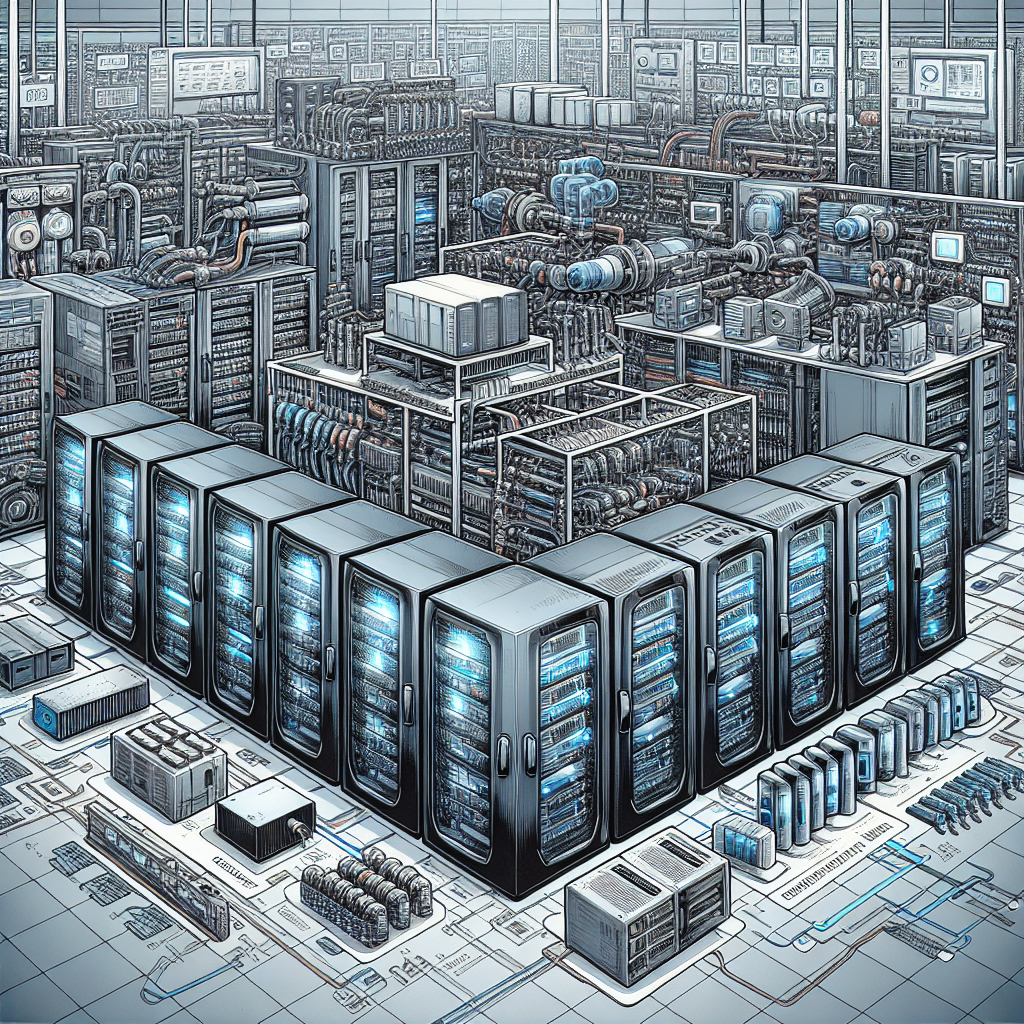Data centers are the backbone of modern businesses, housing the critical infrastructure that supports our digital world. With the increasing reliance on data and the rise of cloud computing, ensuring the reliability of data centers has become more important than ever. Proactive maintenance is a key strategy in achieving this goal.
Proactive maintenance involves regularly monitoring and servicing equipment to prevent potential failures before they occur. By identifying and addressing issues early on, data center operators can avoid costly downtime and ensure the continuous operation of their facilities.
One of the main benefits of proactive maintenance is that it helps to extend the lifespan of equipment. By regularly inspecting and servicing components such as servers, cooling systems, and power supplies, data center operators can identify and address potential issues before they escalate. This not only reduces the risk of unexpected failures but also helps to maximize the efficiency and performance of the equipment.
In addition to extending the lifespan of equipment, proactive maintenance also helps to improve the overall reliability of data centers. By implementing a proactive maintenance program, data center operators can identify and address potential vulnerabilities in their infrastructure, such as inadequate cooling or power distribution, before they lead to downtime. This proactive approach can help to minimize the risk of outages and ensure that critical services remain available to customers.
Another important benefit of proactive maintenance is that it can help to reduce operating costs. By identifying and addressing issues early on, data center operators can avoid costly emergency repairs and downtime. Regular maintenance can also help to optimize the performance of equipment, leading to lower energy consumption and reduced operating expenses.
To implement an effective proactive maintenance program, data center operators should establish a regular schedule for inspections and servicing, as well as monitor key performance metrics to identify potential issues. It is also important to invest in training for staff and deploy advanced monitoring and management tools to help identify and address potential issues before they impact operations.
In conclusion, ensuring the reliability of data centers is essential for the success of modern businesses. Proactive maintenance is a key strategy in achieving this goal, helping to extend the lifespan of equipment, improve reliability, and reduce operating costs. By investing in a proactive maintenance program, data center operators can minimize the risk of downtime and ensure the continuous operation of their facilities.










